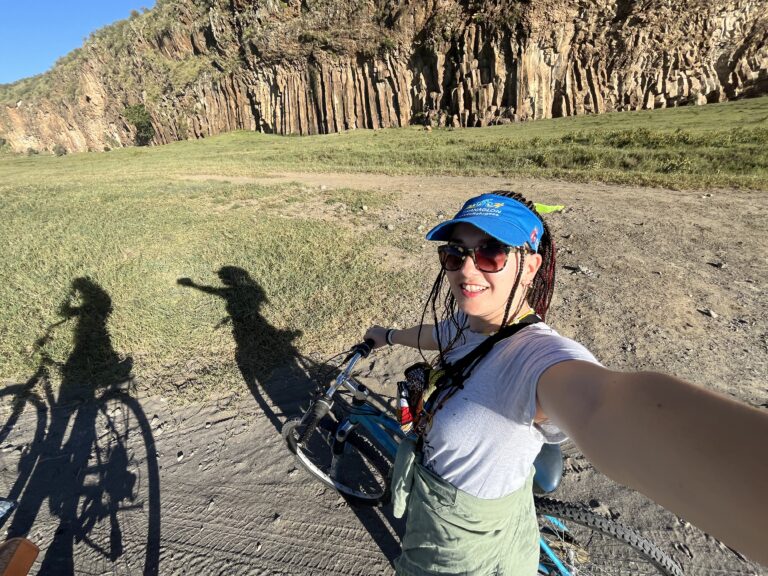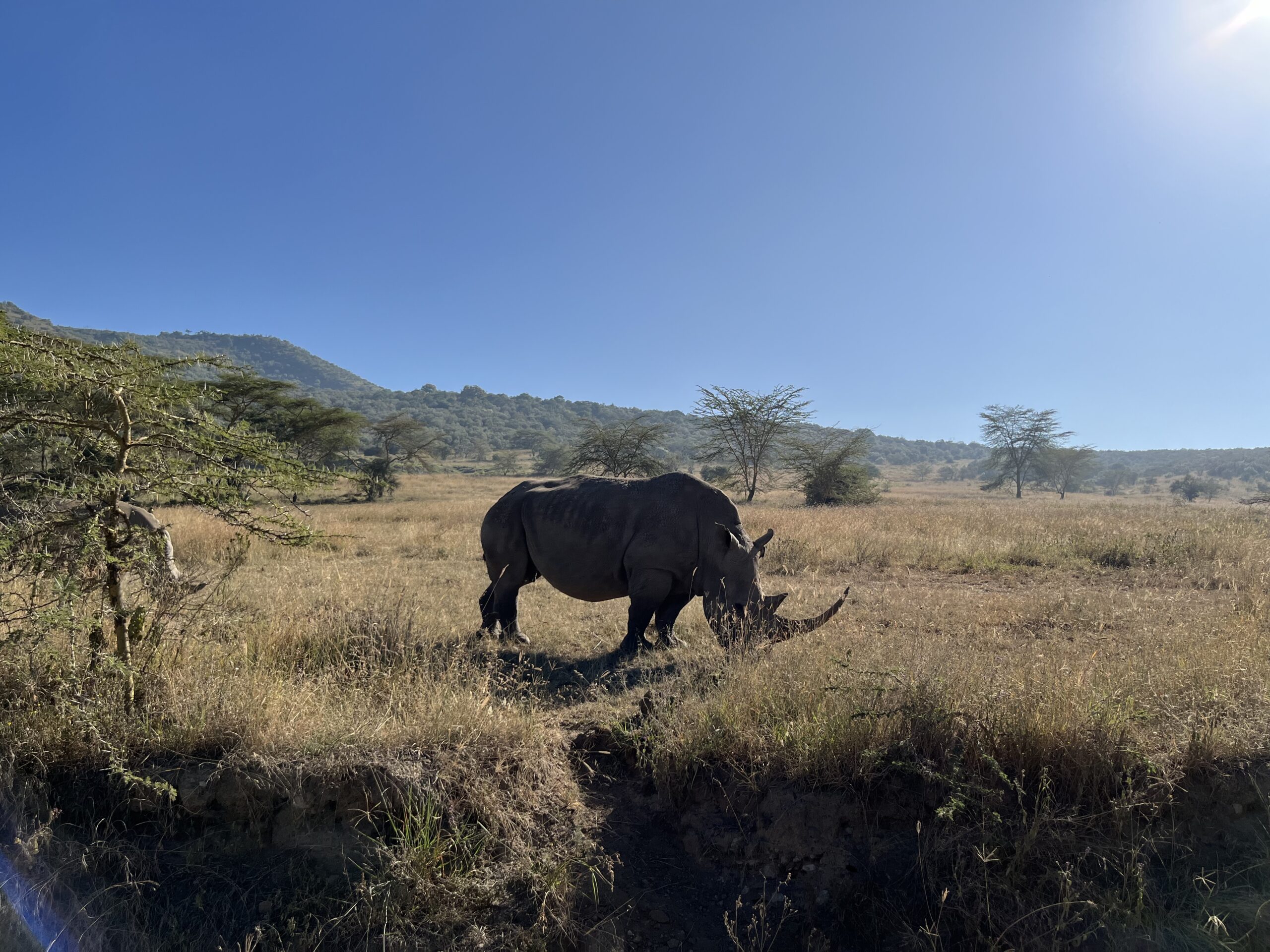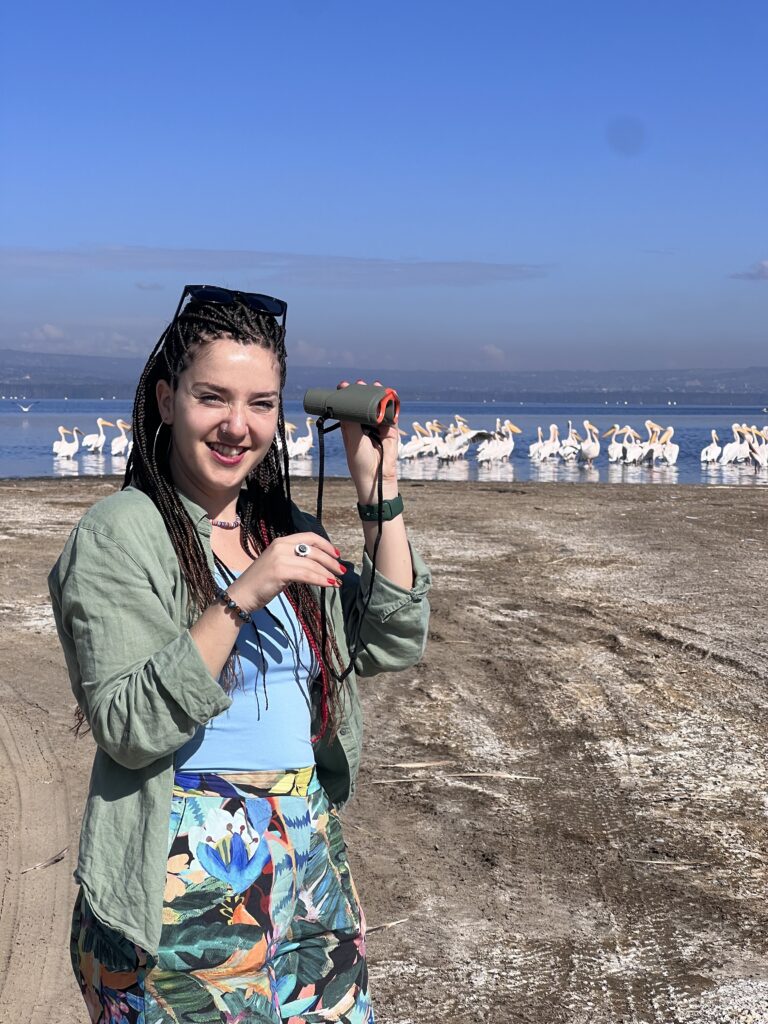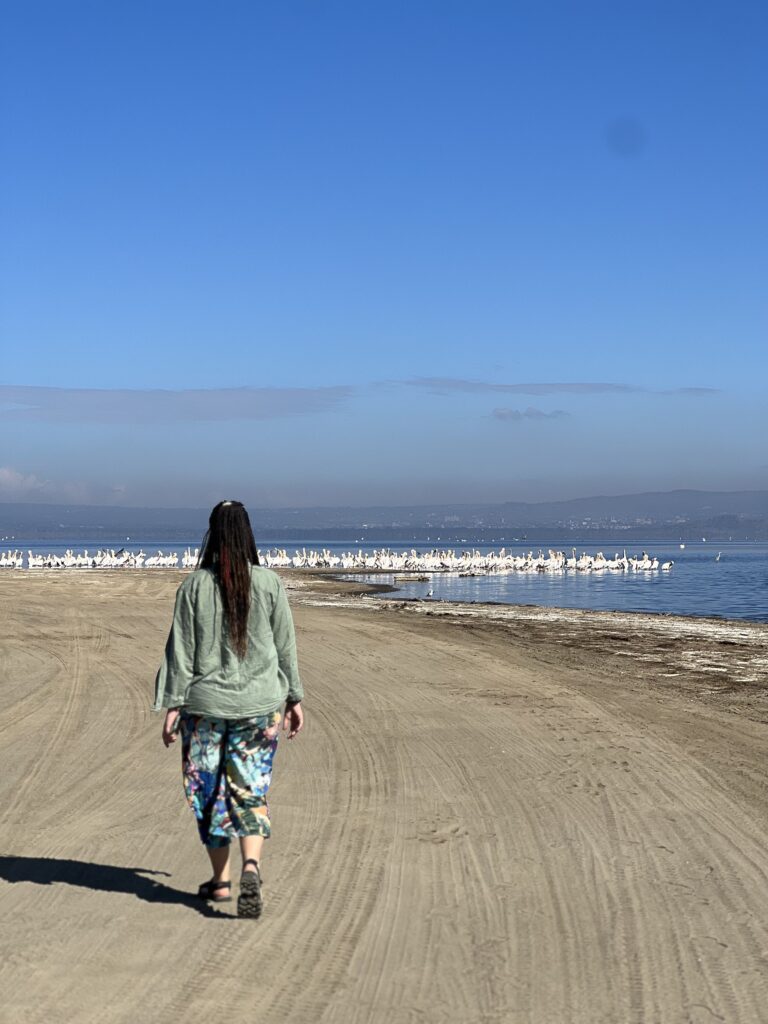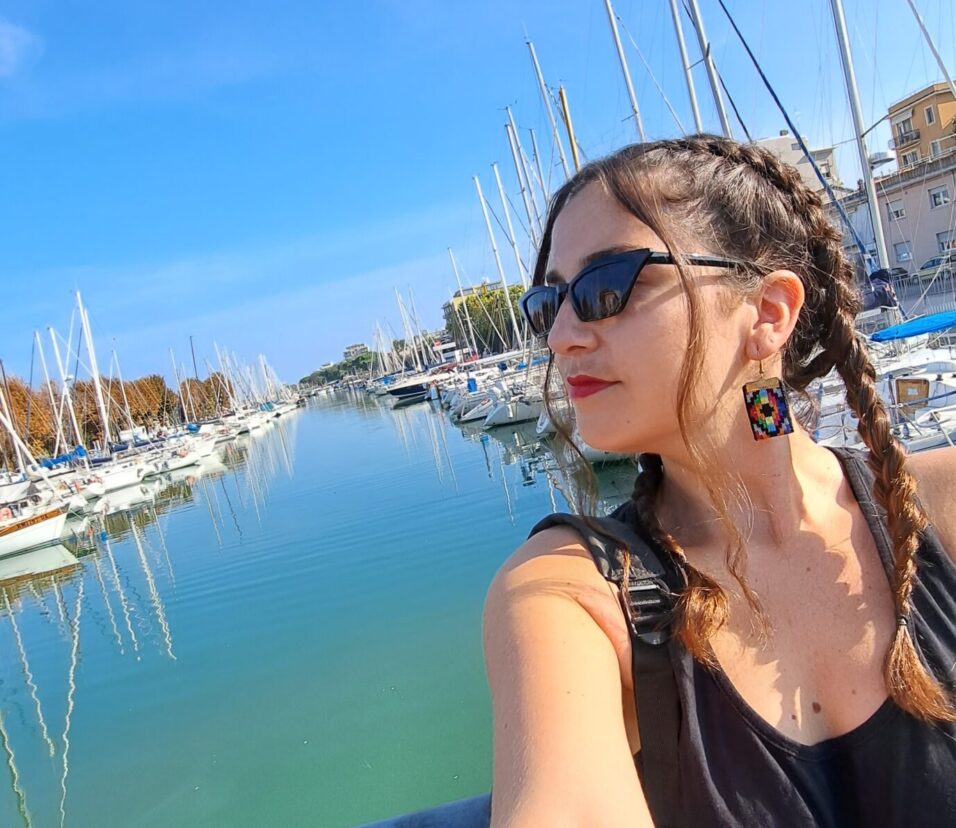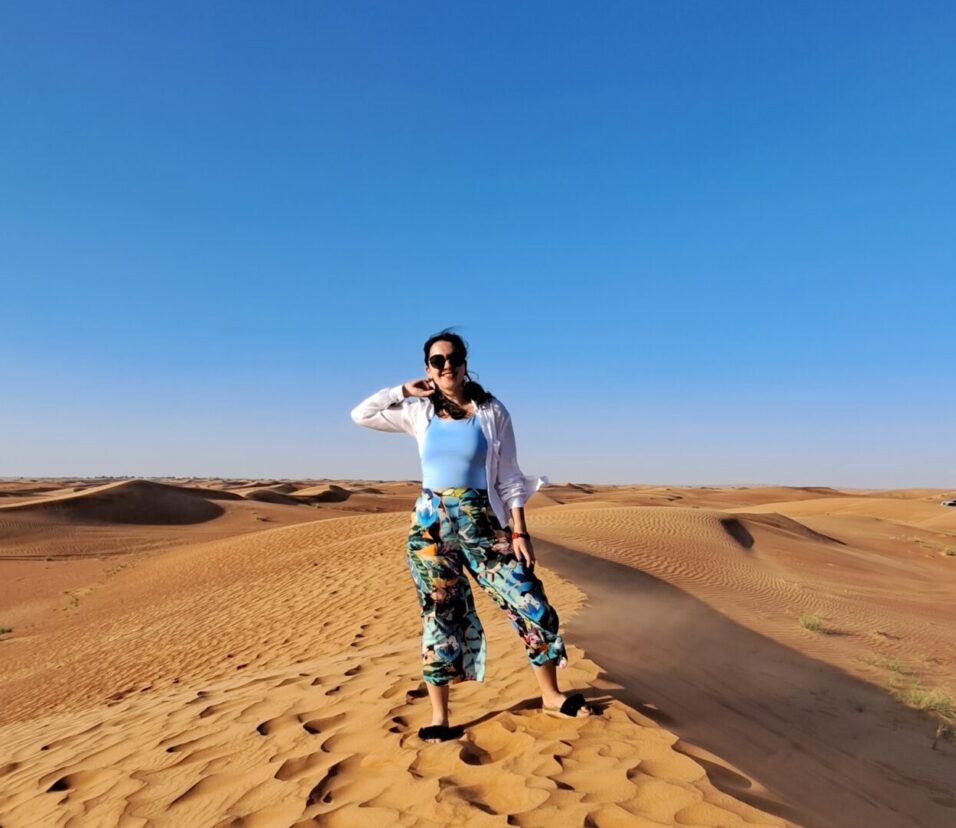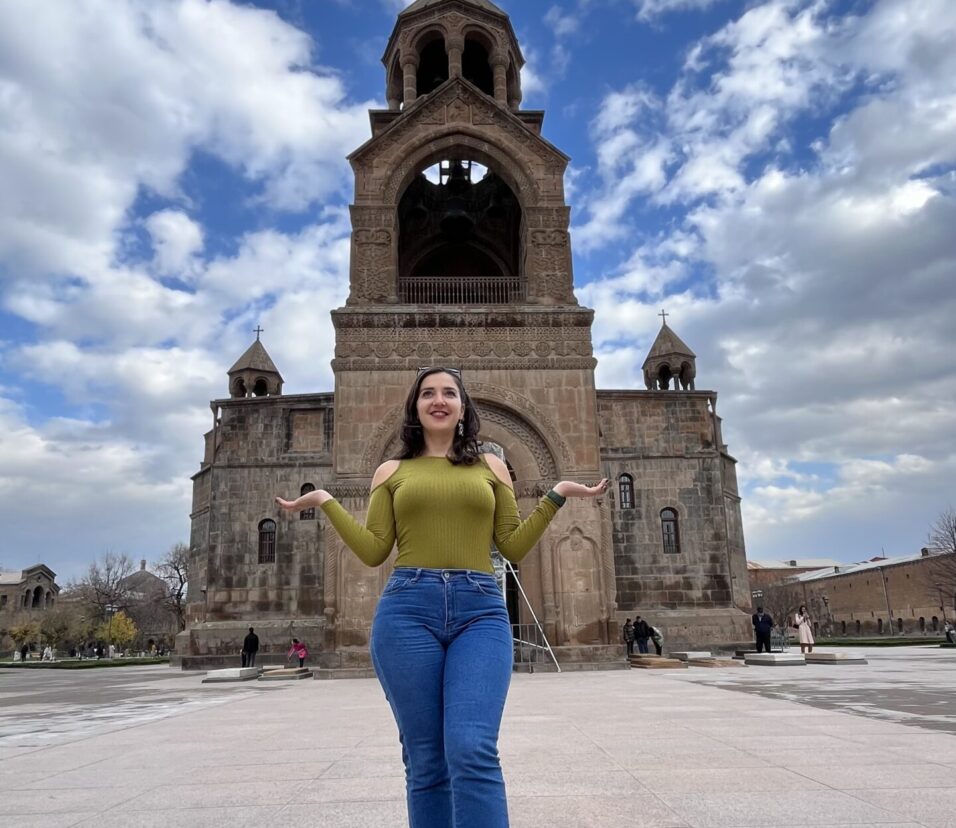Leaving the enchanting Maasai Mara behind, our journey continued towards Nakuru. The road was challenging — bumpy and dusty for quite a stretch. We paused for lunch at a restaurant that also had a large souvenir shop. This stop turned out to be quite convenient for some of our fellow travelers, who were not going to visit Nairobi. After a long drive, we finally reached Nakuru, checked into our hotel, and enjoyed a leisurely afternoon exploring the area. A short stroll around the hotel led us to a nearby market where we got some exotic fruits.
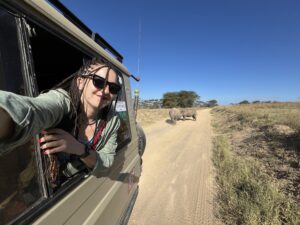
The next day, our destination was Lake Nakuru. Although smaller than Maasai Mara, this national park was very special as well, as it is home to the Black Rhino. They are critically endangered species, protected by law and the largest number of them can be found exactly here. Seeing these majestic creatures up close, the length of their horns exceeded our expectations. We observed them from our jeep at a distance of approximately 20 meters — an awe-inspiring experience that checked off our fourth member of the Big Five. The park’s stringent protection measures were evident, with numerous rangers ensuring the safety of these precious rhinos.

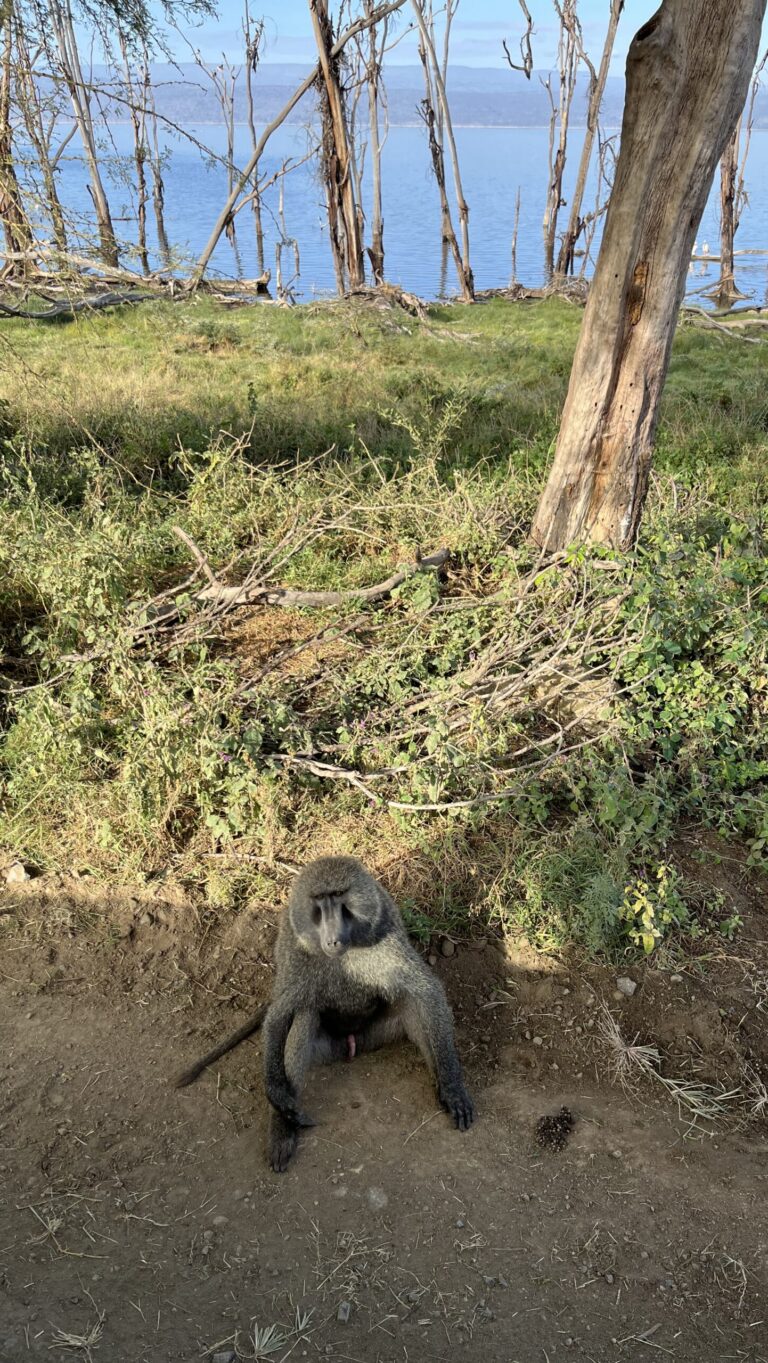
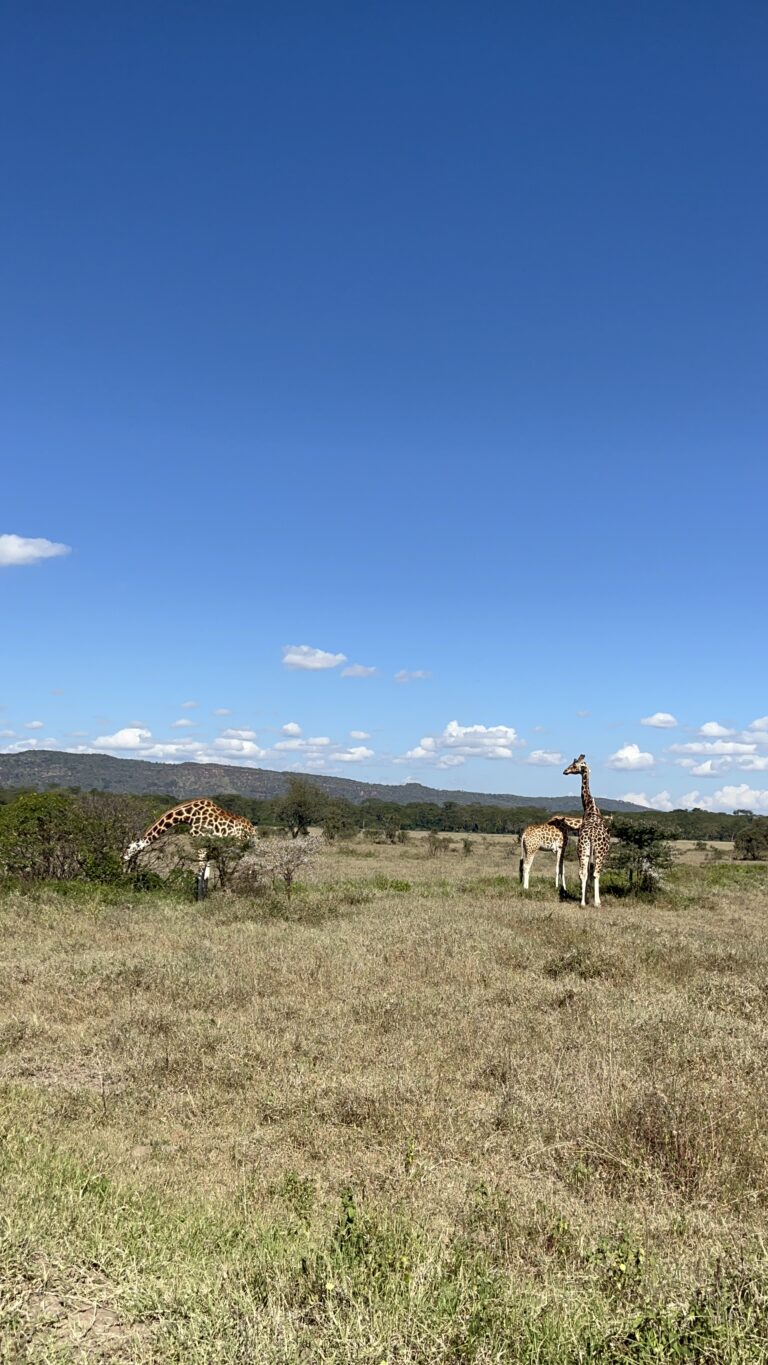

During our game drive we saw a lot of monkeys, baboons and other animals, along with the Rothschild’s giraffe. You can tell them apart from other kinds of giraffes from their white legs. However, our main attraction was the bay teeming with flamingos and pelicans. It was one of those rare moments when we could get out of the jeep and enjoy. The site of hundreds of these birds taking flight as we approached was a breathtaking and unforgettable moment.
After spending time at the bay, we stumbled upon a waterfall before bidding farewell to Nakuru and continuing our adventure to Naivasha. Upon arrival, we embarked on a boat ride around the lake, encountering hippos and a variety of birds. Though the sun beat down relentlessly and you really needed a hat and sunscreen, the experience was delightful. Our boat guide even attempted to attract eagles by throwing fish, but eagles were not hungry apparently.

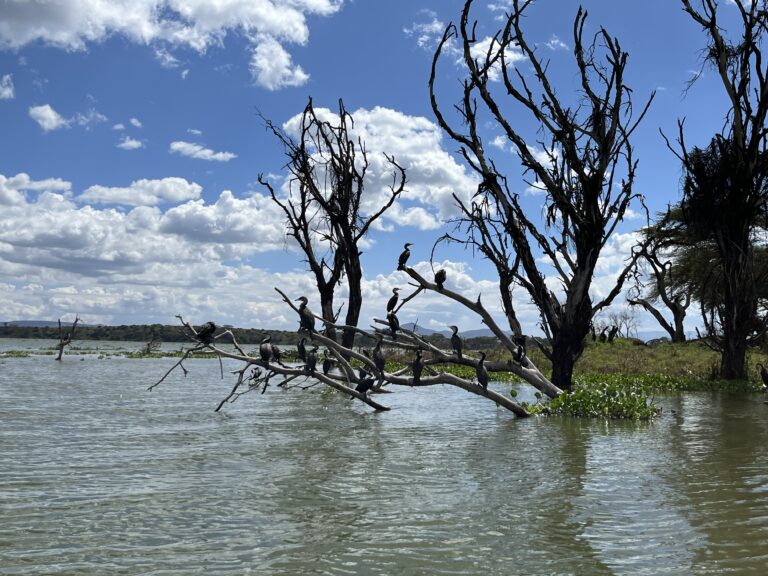
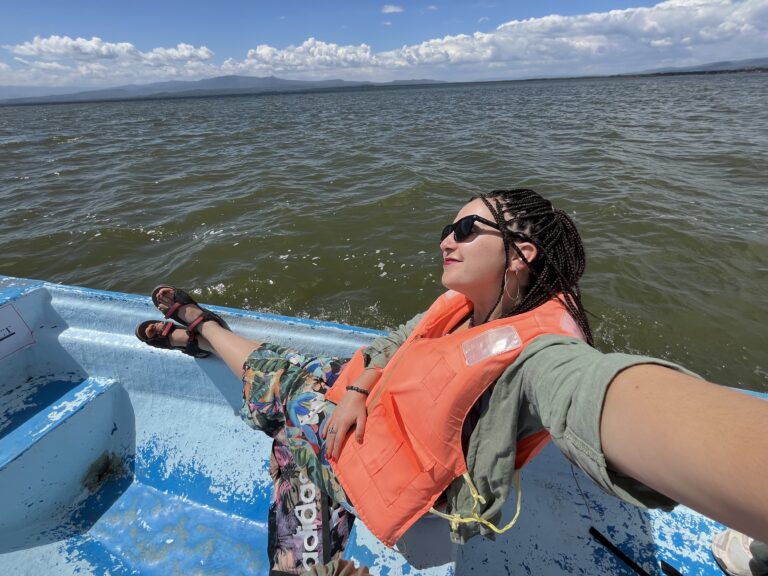
Returning to our new hotel, we sampled a local fish dish whose name I can’t remember now, enjoyed a few beers, shared a laugh, and relaxed in good company.
Our final safari activity was at Hell’s Gate. We agreed as a group to rent bikes and ride in the park. We got the worst bikes imaginable — rusty, heavy, and no functional gears, and they costed 10$, which it was expensive for their quality and Kenya in general.
“The Hell’gate National Park is close by Longonot and Suswa volcanoes. It is covered by ashes from the Longonot eruption which occurred 100 years ago. Today it has spectacular sceneries of towering cliffs, scrub clad volcanoes, water-gouged gorges, and plumes of geothermal steam.” — UNESCO, 2023
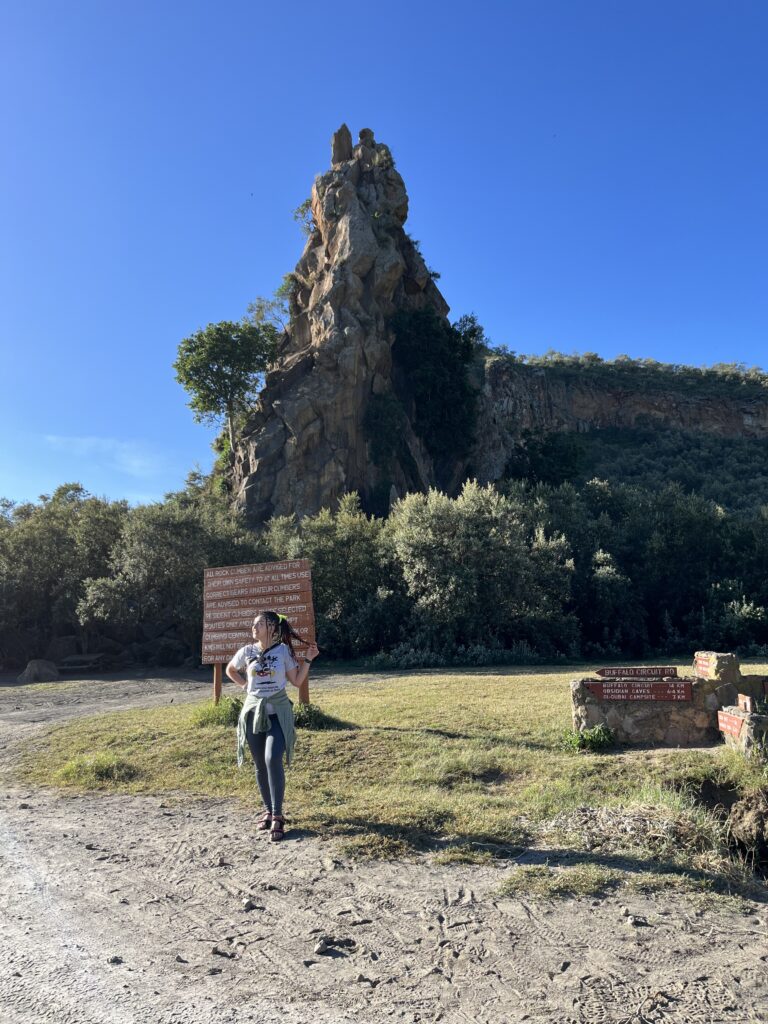
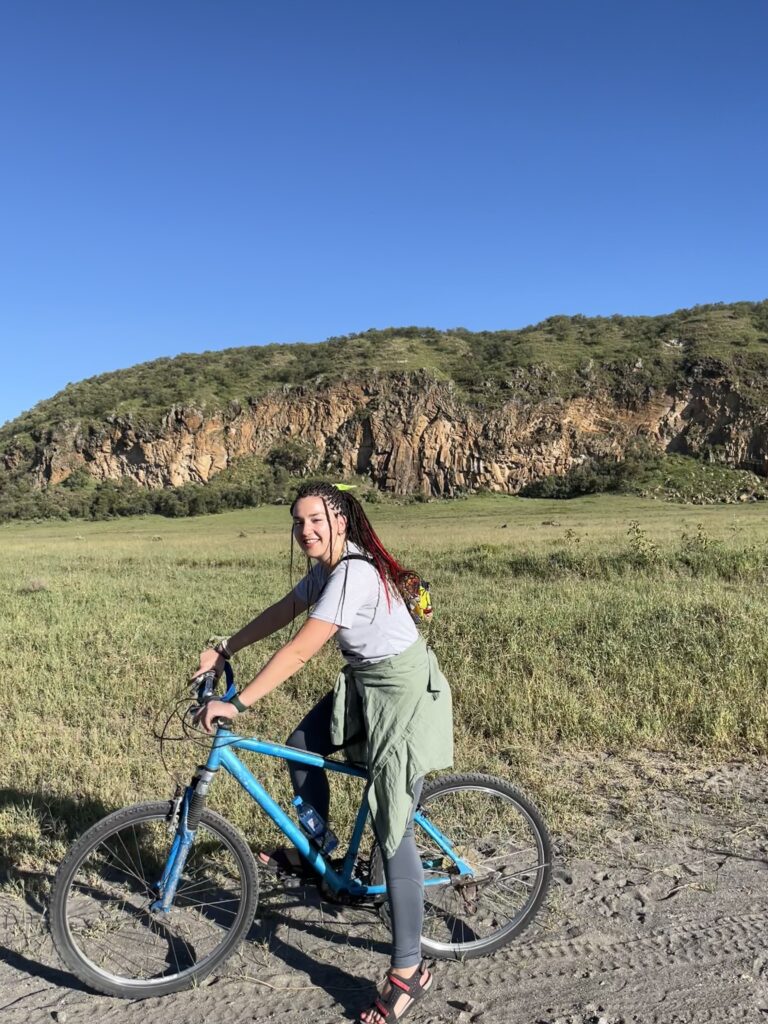

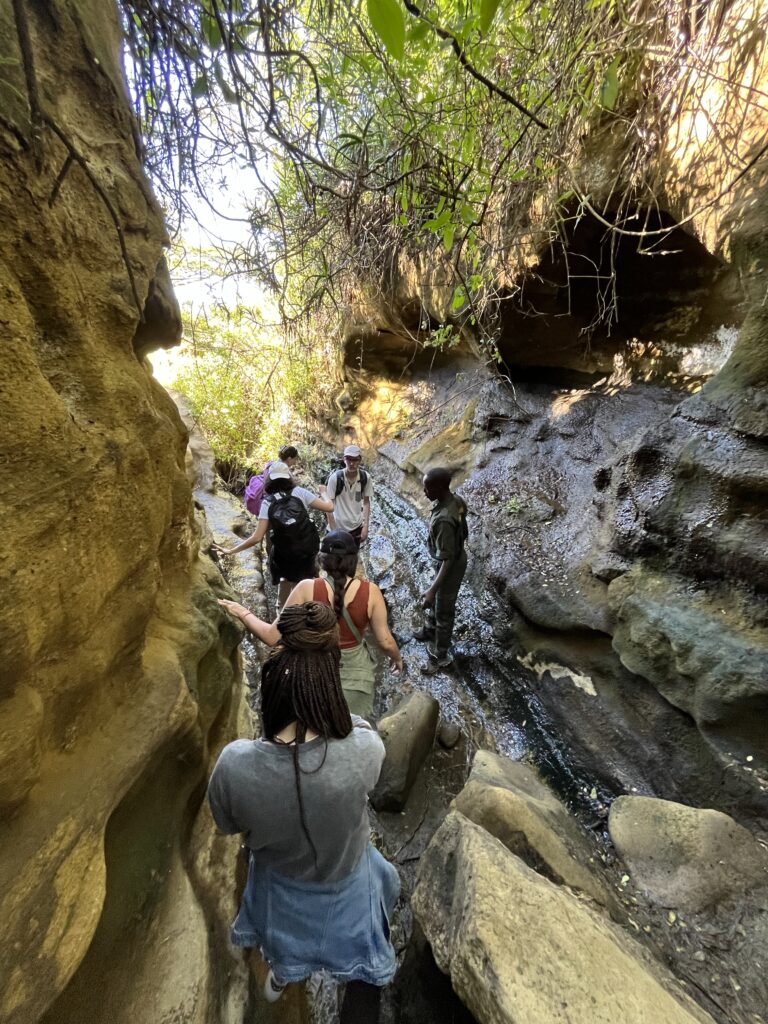
This is all words can say. The landscape was another wordly. Despite the challenging ride due to the poor bikes, we pedaled through the park, passing zebras, giraffes, and antelopes. In the middle of the ride we hiked a bit to reach the King’s View, which was supposed to be the inspiration for a scene in the Lion King. It was impressive, but nothing compared with what we experienced during the ride there.
The return ride was grueling — the sun relentlessly beating down on us as we pushed uphill. However with determination, we made it back to the gate before 11:30 am. It was “the cherry on top” kinda ending to our safari adventure. We started our return journey to Nairobi, but that’s another story.


